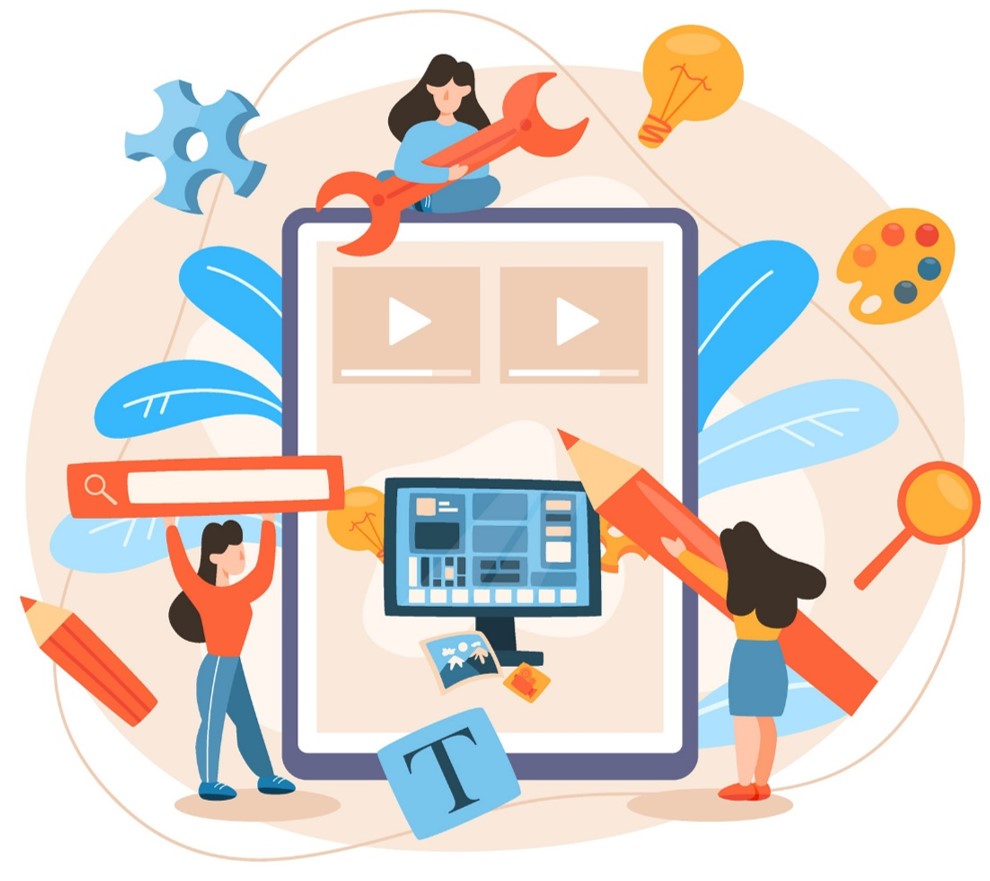Course Design Accessibility Resources
Proactively addressing the needs of all learners enrolled in your course will make a big difference in creating an inclusive learning environment. Accessibility is essential for some and beneficial for all.
To assist you in designing your course with accessibility in mind, we have developed the following resources utilizing Quality Matters, Universal Design for Learning, and Web Content Accessibility Guidelines (WCAG).
Note: All links open in a new window.
Digital Accessibility Guidelines
Review our standards to understand the essential elements of an accessible course and then incorporate these skills using our guides and resources.
- Standard 1: The course organization and content facilitate readability and ease of use.
- Standard 2: Images include meaningful alternative text. Image placement does not hinder learner navigation.
- Standard 3: Color contrast is distinguishable but non-essential for understanding content.
- Standard 4: Tables are simple and have meaningful and concise alternative text. Tables are logical for all learners.
- Standard 5: Hyperlinks are simple, meaningful, and intuitive for all learners.
- Standard 6: Media is rich with captions, audio descriptions, and a non-media alternative.
- Standard 7: All publisher and vendor technology meets WCAG 2.0 AA accessibility guidelines and clearly commits to accessibility.
- Standard 8: All external content, web pages, Open Educational Resources (OERs), readings, and articles meet accessibility guidelines.
- Standard 9: Documents include indicators allowing learners to navigate content seamlessly.
- Standard 10: The course utilizes Universal Design for Learning (UDL) principles to improve navigation, access to support resources, and ease of use to facilitate an equitable learning experience for a variety of learners.
Digital Accessibility Guides
Additional Guides Coming Soon!
Start with the Basics
Course Accessibility Guides

Disclaimer
*Blackboard is responsible for the accessibility of its platform. If you use the tools as intended with default settings, that should suffice. Still, once you decide to customize anything, you need to review it carefully from the accessibility perspective.
*As accessibility guidelines in higher education continue to update to meet learners’ needs, the Digital Accessibility Team will strive to provide additional resources to help faculty. The resources are not an exhaustive guide to accessibility but provide information on skills needed to build accessible courses.
Where Can I Go For Help?
Do you still have questions? Click the button below to email our Digital Accessibility Team.

